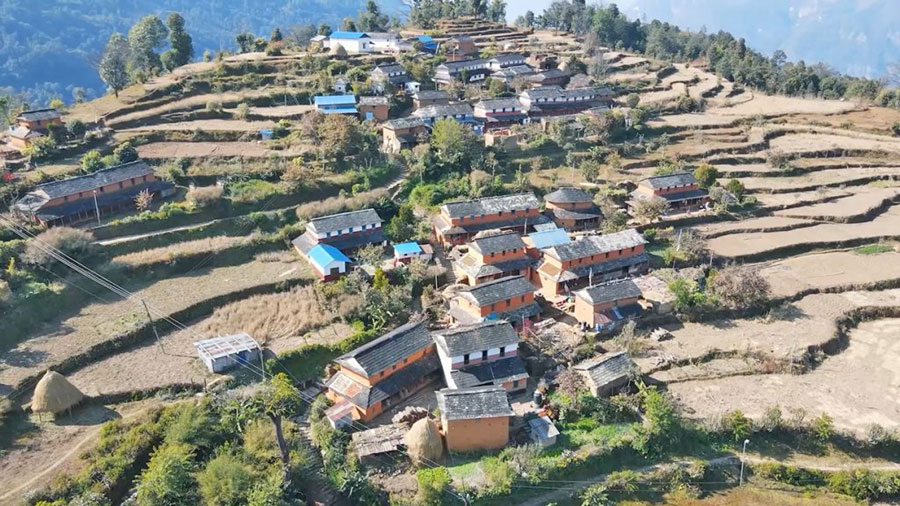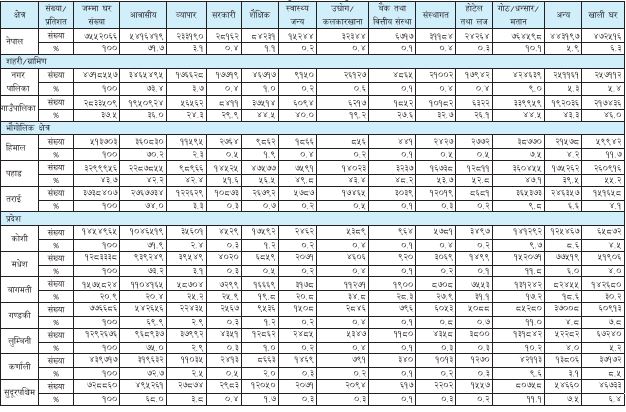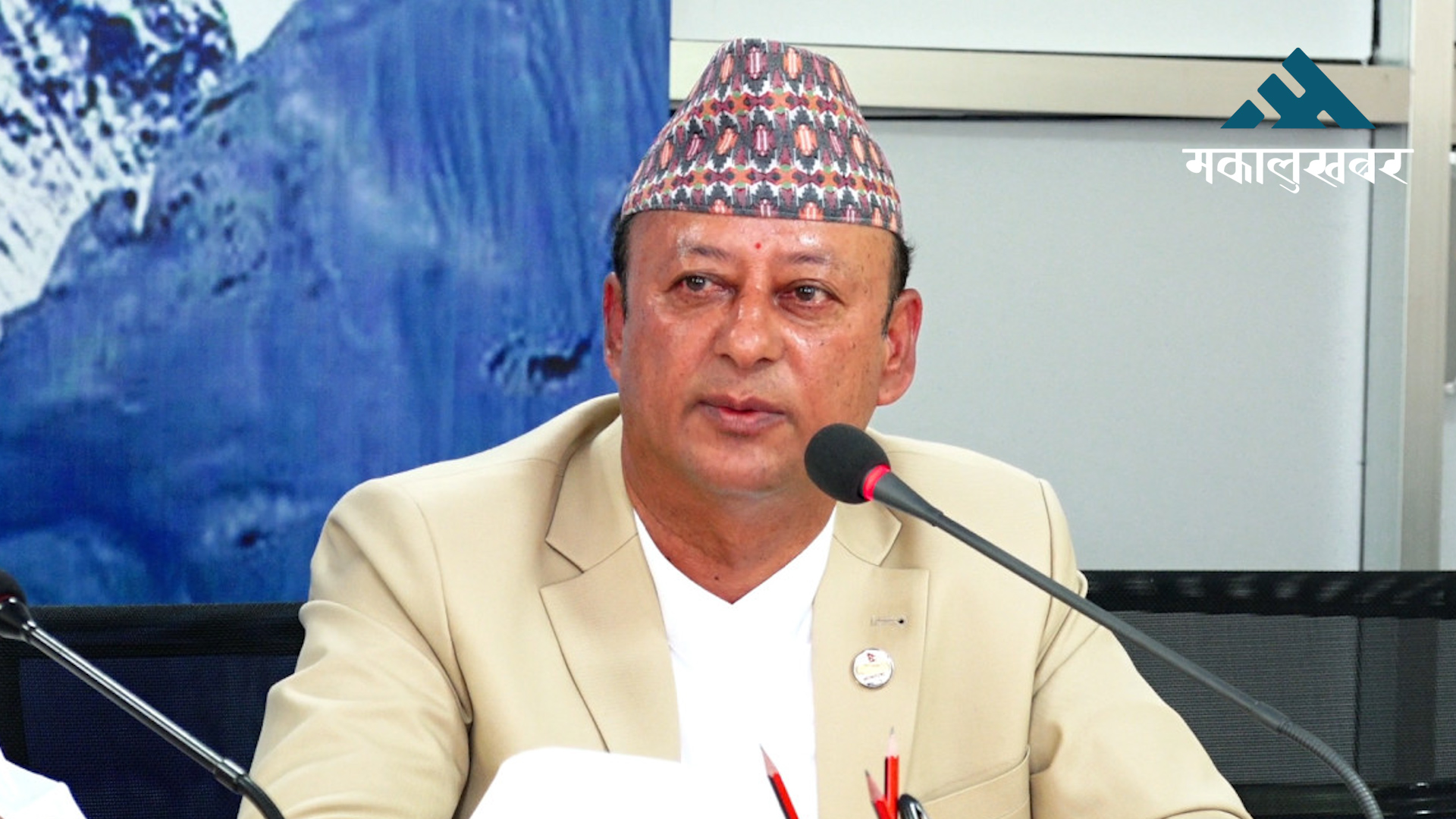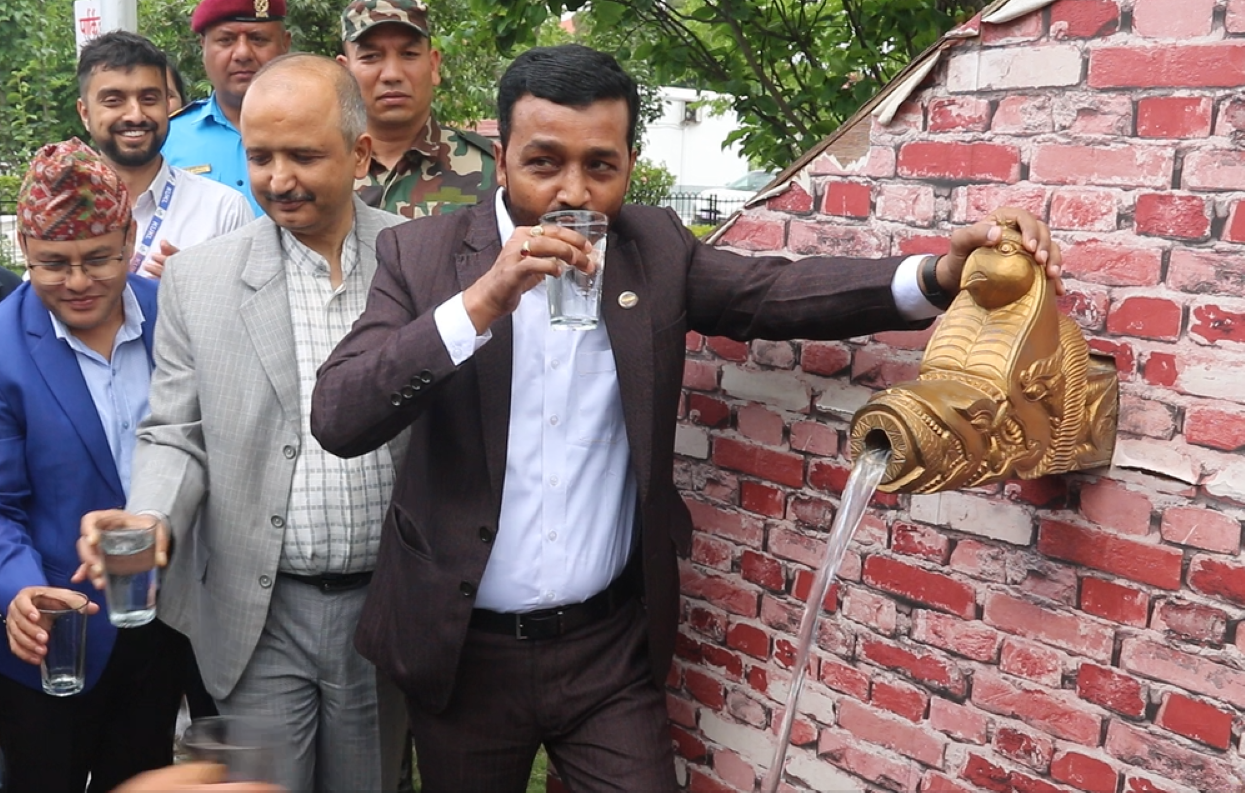Half a million houses in Nepal are vacant!
In 2078 Mangsir, there are a total of 75 lakh 52 thousand 66 house-building structures in the country, out of which four lakh 72 thousand 516 houses are vacant.

KATHMANDU: The number of vacant homes in the villages has increased as a result of emigration to cities and markets in search of modern service facilities. 6.3 percent of all homes, buildings, and other structures in Nepal are vacant as of 2078, according to the results of the National Census.
In 2078 Mangsir, there are a total of 75 lakh 52 thousand 66 house-building structures in the country, out of which four lakh 72 thousand 516 houses are vacant.
According to the national census, houses used for housing are 71.7 percent of the total structure, Goth-Dhansar-Matan 10.1 percent, vacant houses 6.3 percent, others (kitchen etc.) 5.9 percent, business 3.1 percent, educational 1 .1 percent, industry-factory 0.4 percent, institutional and government 0.4 percent, hotel and lodge 0.3 percent, health related 0.2 percent and bank and financial institution 0.1 percent.
The results of the national census have shown that the total number of families living in the country is 66 lakh 66 thousand 937. Out of which individual families are 66 lakh 60 thousand 841 and institutional families are 6 thousand 96.
A family has an average of 4.37 members who live often. According to the geographical area, in 2078, 4.33 members live in the Himalayan region, 3.99 in the hills and 4.73 in the Terai State.
According to the census, the average number of family members is highest in Madhesh State (5.29 people) and lowest in Gandaki province (3.72 people). Dolakha and Gorkha have the smallest family size (average of 3.49 people per family). In Kapilvastu, Parsa, Bara and Rautahat, the average number of members per family is up to 5.94.
Physical development is taking place in the village, as evidenced by the availability of electricity, running water in the homes, English-medium instruction, the waiting upgrade of the health post, and the Chakla graveling road that is currently being paved.
Nevertheless, nobody is still residing in the village. A dire situation is indicated by locks on all of the doors and by the ruins of some of the houses.
The primary cause of migration from some villages is the lack of sufficient services and development there. The eaters have begun migrating to the cities, while others have begun to stay in the villages’ emerging markets.
Finding young people in the village is getting more and more difficult. Village dwellings are deteriorating.











